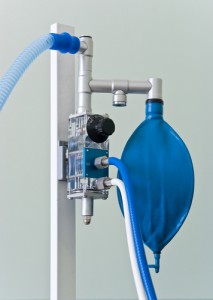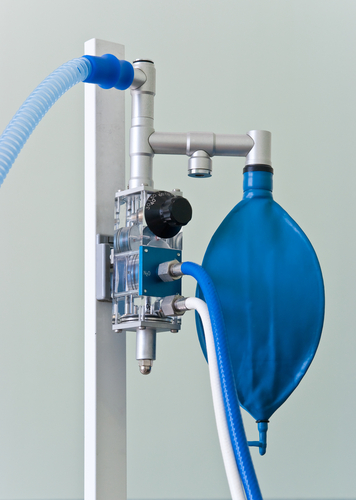 SCIO Health Analytics recently presented promising results for the treatment of chronic obstructive pulmonary disease (COPD). Their results showed that using a non-invasive open ventilation system in patients with severe respiratory insufficiency improves clinical outcomes, measured by the modified British Medical Research Council (mMRC) dyspnea scale and the COPD Assessment Test (CAT). The data was presented at the American College of Chest Physicians’ (ACCP) annual meeting, CHEST 2014, in Austin, Texas.
SCIO Health Analytics recently presented promising results for the treatment of chronic obstructive pulmonary disease (COPD). Their results showed that using a non-invasive open ventilation system in patients with severe respiratory insufficiency improves clinical outcomes, measured by the modified British Medical Research Council (mMRC) dyspnea scale and the COPD Assessment Test (CAT). The data was presented at the American College of Chest Physicians’ (ACCP) annual meeting, CHEST 2014, in Austin, Texas.
In the study, 21 participants with COPD and other respiratory diseases were followed for a period of over 24.8 months. In the first 14.6-month period, patients were treated with standard therapeutics (medications and oxygen). In the following 10.2-month period, a portable non-invasive open ventilation system was introduced as part of patients’ therapeutics.
The results obtained showed that in the period preceding the use of a portable non-invasive open ventilation system, patients exhibited an average mMRC dyspnea score of 3.38 and a mean CAT score of 26.71 (validated respiratory health status markers). However, patients’ scores significantly improved after introducing a portable non-invasive open ventilation system to their therapeutic regimen, with an average score of mMRC for dyspnea of 1.43, and a mean CAT of 12.33.
Brian W. Carlin, MD, FCCP, assistant professor of medicine at Drexel University School of Medicine in Philadelphia and study leading author commented, “This analysis shows that use of a non-invasive open ventilation system leads to significant increases in oxygenation and endurance time with activities of daily living in oxygen-dependent patients with respiratory insufficiency. These results are consistent with outcomes from prospective, open-label, cross-over studies in patients with chronic lung disease. That we saw mMRC and CAT scores reduced by more than half is further support for using a portable non-invasive open ventilation system a patient population that would otherwise have seen deterioration instead of improvement during the same timeframe.”
[adrotate group=”3″]
Kevin Farberow, DHSc, MBA, SCIO Health Analytics, added, “We are encouraged by these initial findings and hope that they contribute to improving outcomes for patients with respiratory insufficiency disease. Further analysis with regard to healthcare cost utilization in this patient population is underway, and we look forward to sharing those results at a forthcoming scientific program.”
“The significant improvements in clinical measures seen in this study are similar to the results we see in the clinic when patients add a portable non-invasive open ventilation system to an existing regimen, that may include pharmacological agents and oxygen therapy. Improvements of this magnitude have rarely occurred over the past several decades, and these findings support the use of a portable non-invasive open ventilation system as part of the treatment paradigm for patients living with chronic lung disease,” noted Larry C. Casey, MD, PhD, Mayo Clinic Health System, Franciscan Healthcare.

